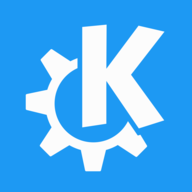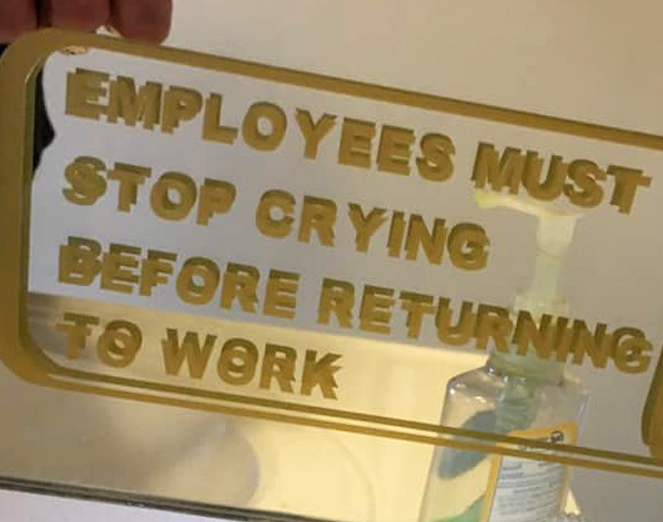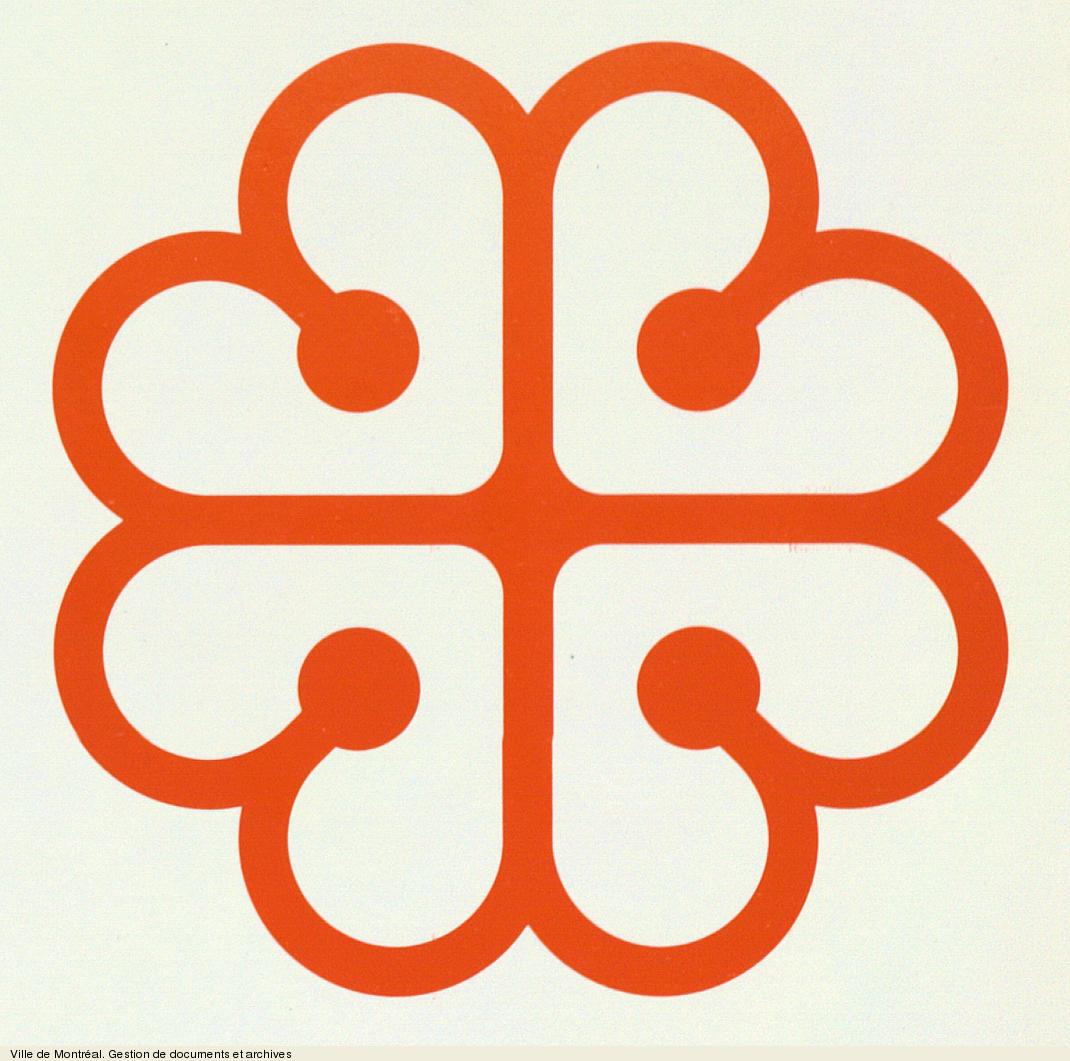

I’ve been looking at K3s deployed on FCOS, but I have no clue how I’m supposed to use Terraform to deploy FCOS.
My understanding is that FCOS is supposed to be ephemeral and re-deployed every so often, which would imply the use of a hypervisor like Proxmox on the host, but Proxmox does not play well with Terraform.
I also considered OpenStack, but it’s way over my head. I have a very simple single-node Kubernetes setup to deploy using GitOps, and nothing seems to fit the bill.
































I’ve been thinking about something similar for use with cloud storage so it can be used to sync tools to the cloud without requiring a specific backend.
Basically, a .config directory at the root of your cloud storage to hold SQLite DBs of your applications whose configs you want to back up to the cloud.